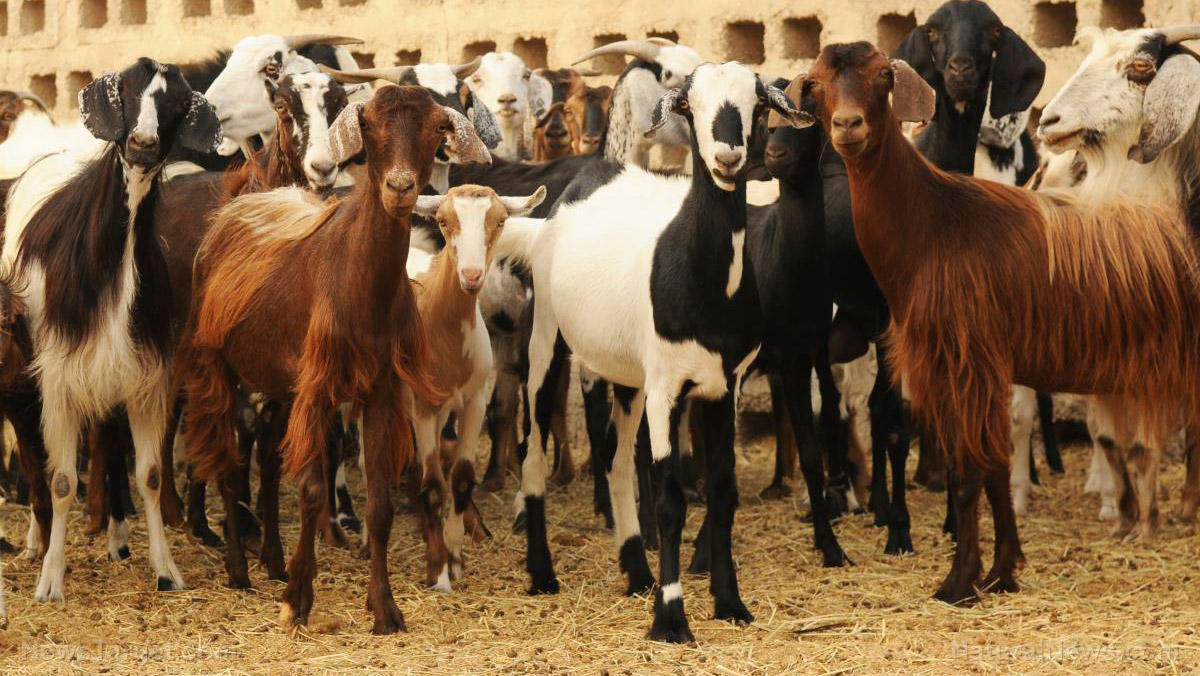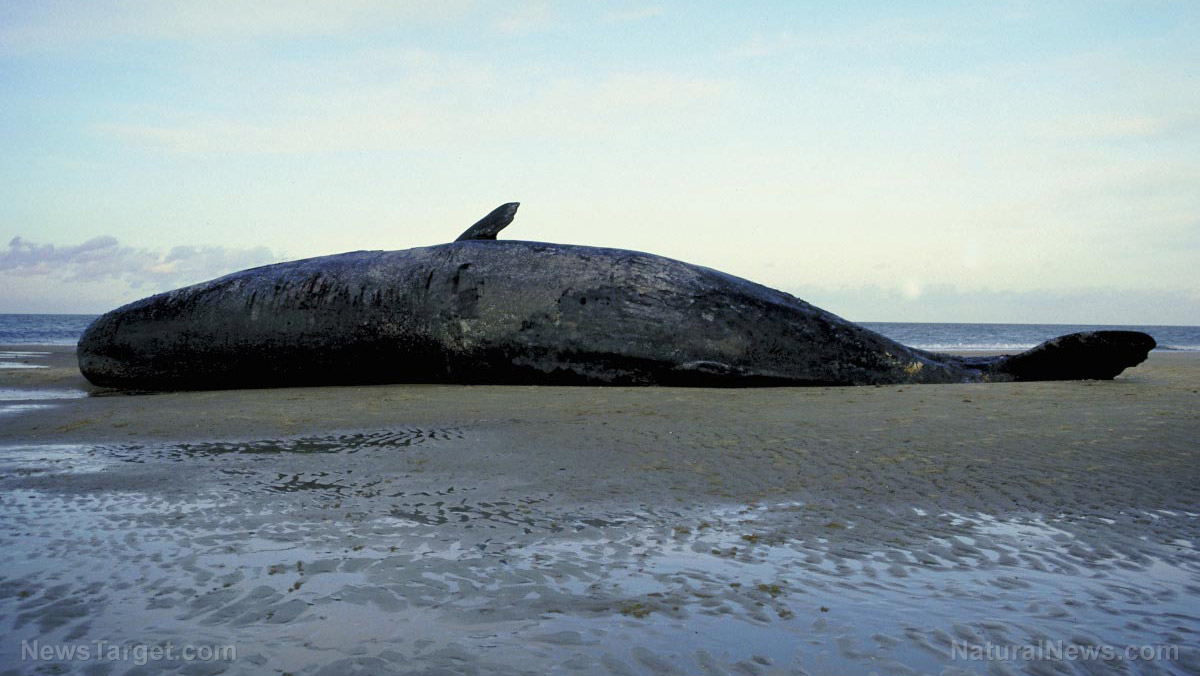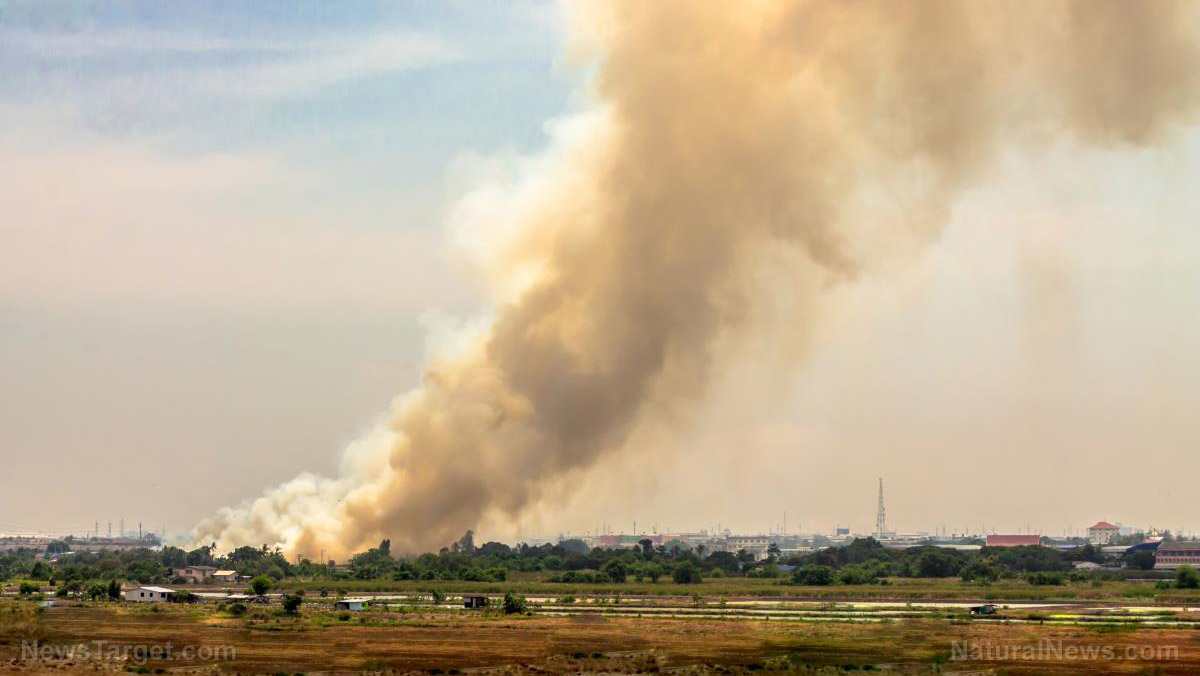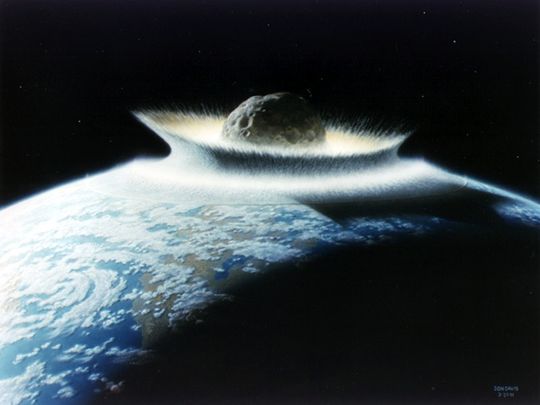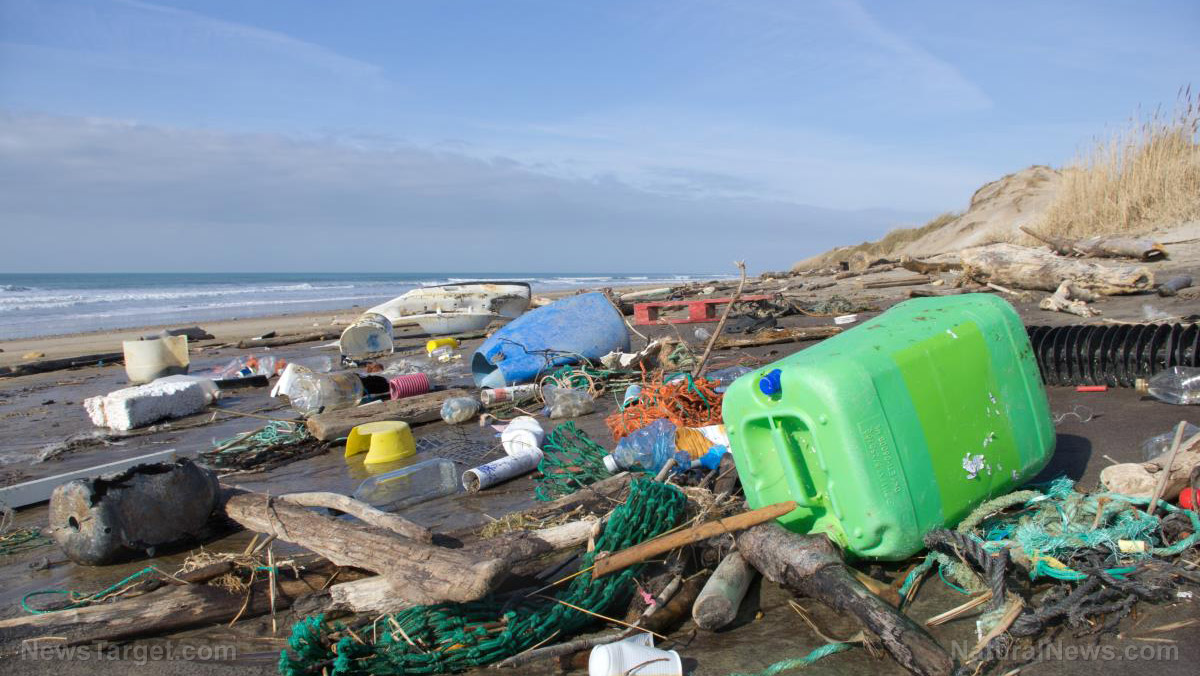Record-breaking California wildfires have burned more than 4 million acres
10/14/2020 / By Divina Ramirez

California’s most devastating wildfire season reached a grim milestone on Oct. 4, with officials from the California Department of Forestry and Fire Protection (CAL FIRE) announcing that the state has surpassed four million acres burned.
This figure is more than double the 1.8 million acres burned during California’s fire season in 2018. However, this fire season is far from over, said CAL FIRE in a tweet. Fire potential remains high, and residents are still advised to be cautious outdoors.
CAL FIRE also said that since it started recording the amount of land burned in a single season, the state had never surpassed two million acres until this fire season.
In all, California has battled more than 8,200 blazes and seen some 8,000 structures burned. Some of the deadlier blazes also claimed scores of lives and displaced thousands of residents. California has also had five of its largest wildfires to date within the space of a few months.
Yet these tallies do not include acres and structures burned in Oregon and Washington. Both states had been hard-pressed to contain fires that spilled from California last September. In Oregon, the fires burned some one million acres and displaced 40,000 residents as of mid-September.
Meanwhile, Washington residents are still dealing with the effects of lingering air pollution from wildfire smoke, which continues to threaten regions removed from the fires. In fact, air pollution seen in the US last month rivaled that of the most polluted cities. In California, an orange haze obscured the skies.
Ongoing fires and record-breaking ones
With two months to go before the fire season ends, some 17,000 firefighters are still hard at work containing at least 23 major blazes in California.
The state’s largest fire to date, the August Complex Fire, lags at 54 percent containment nearly two months since it started after hot temperatures and strong winds strengthened it over the weekend.
Meanwhile, the Glass Fire, which started last Sept. 27, has burned more than 60,000 acres and destroyed more than 800 structures across California’s Napa and Sonoma counties. It is still just 17 percent contained due to strong winds and warm weather.
The Zogg Fire, on the other hand, another major fire blazing through Shasta and Tehama counties, has burned some 55,000 acres and decimated close to 200 structures. CAL FIRE said the fire was at 68 percent containment as of Sunday morning.
Fortunately, relief is expected later this week, as rain is forecast for much of northern California. This window could offer firefighters some much-needed relief from battling the blazes.
Meteorologist Michael Guy said that this precipitation forecast is thanks to a front pushing through the Pacific Northwest. Rain is expected to fall from San Diego to Seattle, and temperatures are expected to get better.
But firefighters cannot take a break until then because intense heat is expected to precede the optimistic forecast next weekend. CAL FIRE meteorologist Tom Bird also said at a news briefing that it would take some three or four days before the rains can make a significant difference in the fires.
On the other hand, fire officials have reported 100 percent containment of two other fire complexes – the 396,624-acre SCU Lightning Complex fire in the Santa Clara area and the 363,220-acre LNU Lightning Complex fire in Napa, Sonoma and Solano counties.
Considered California’s third- and fourth-largest fires to date, the SCU and LNU Lightning Complex fires burned for more than six weeks prior to total containment. (Related: Firefighters and responders brace for more fires spreading across California.)
Read more articles at ClimateScienceNews.com to keep up with the ongoing wildfire crisis in California.
Sources include:
Tagged Under: California wildfires, current events, Drought, environment, natural disasters, wildfires
RECENT NEWS & ARTICLES
COPYRIGHT © 2017 ECOLOGY NEWS

